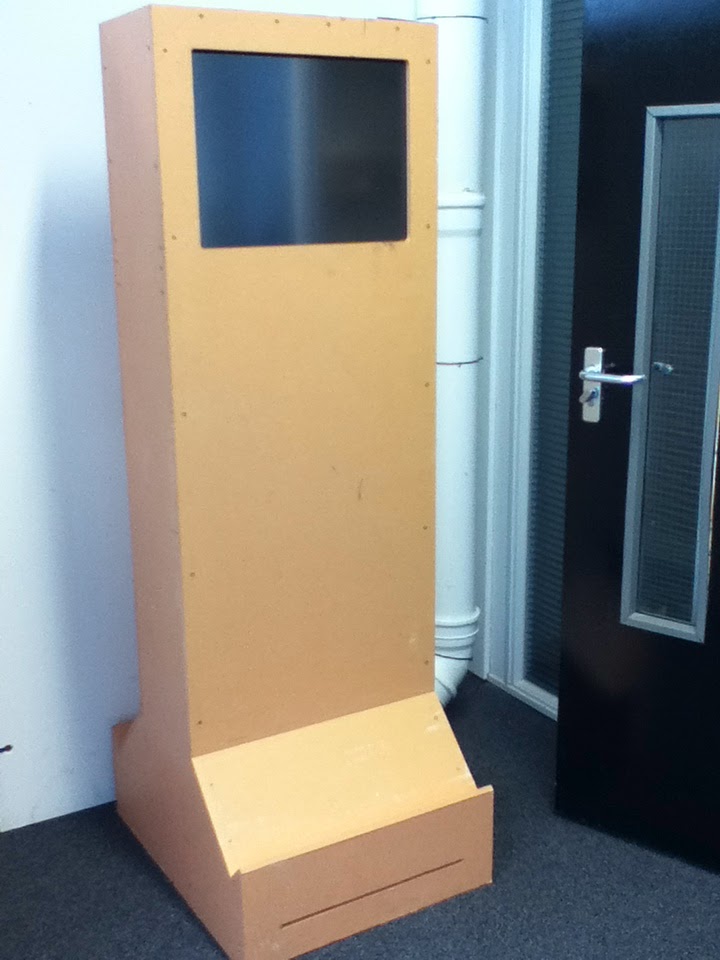More theory time!
To this day, I have maintained that the artist has very little influence in the dynamic setting of displayed traditional art. It is an outlook that I've maintained since the end of my time at New College Nottingham, in 2008. T.S Eliot here, though essentially giving a critique on the idea of originality in poetry, gave a very strong and transferable argument for the separation of art and artist. He likened this to a chemical reaction that acted as a metaphor for the mind of the poet acting as a catalyst; emotions and feelings acting as the two gases that will only operate in a reaction when the catalyst is present. In this case, you have a new "art emotion," but the catalyst remains neutral and no longer relevant.
This has greatly informed the viewpoint that I won't matter once my artwork is in the public eye. My expressions have left me to be received by others, and I tend to see that my contemporaries lack the same opinion, or insight. This is a bit of a problem in today's art world, because one hears more about the artist than the artwork e.g where they've worked, their backgrounds, what inspires them, the *idea* they promote etc. A lot of the time, I find myself to be uncaring of an artist's origins and opinions, only what they've produced and what the work says to me on the spot.
Cromer Terrace Review, by Oliver Wallington.
So one can see why I find absolutely no appeal in "conceptual art." This is also why I needed a new angle on Fine Art, and to understand how people engage art in a gallery. Speaking as an artist, I too feel alienated as the audience to the usual contents of Tate Modern, and ultimately an industry of self-indulgent elitism that's way too patronising to its audience. However, that is partly due to my own viewpoint of detaching the artist from his/her medium of suspended expression.
Saying that, though, I'm not considering all the angles of Performance Art, here. But this reflection stems mostly from traditional art, and that which is on display. Traditional or solely displayed artwork, in my opinion, is a lone statement, or beacon for artistic expression. What the artist says at that point will matter little.


